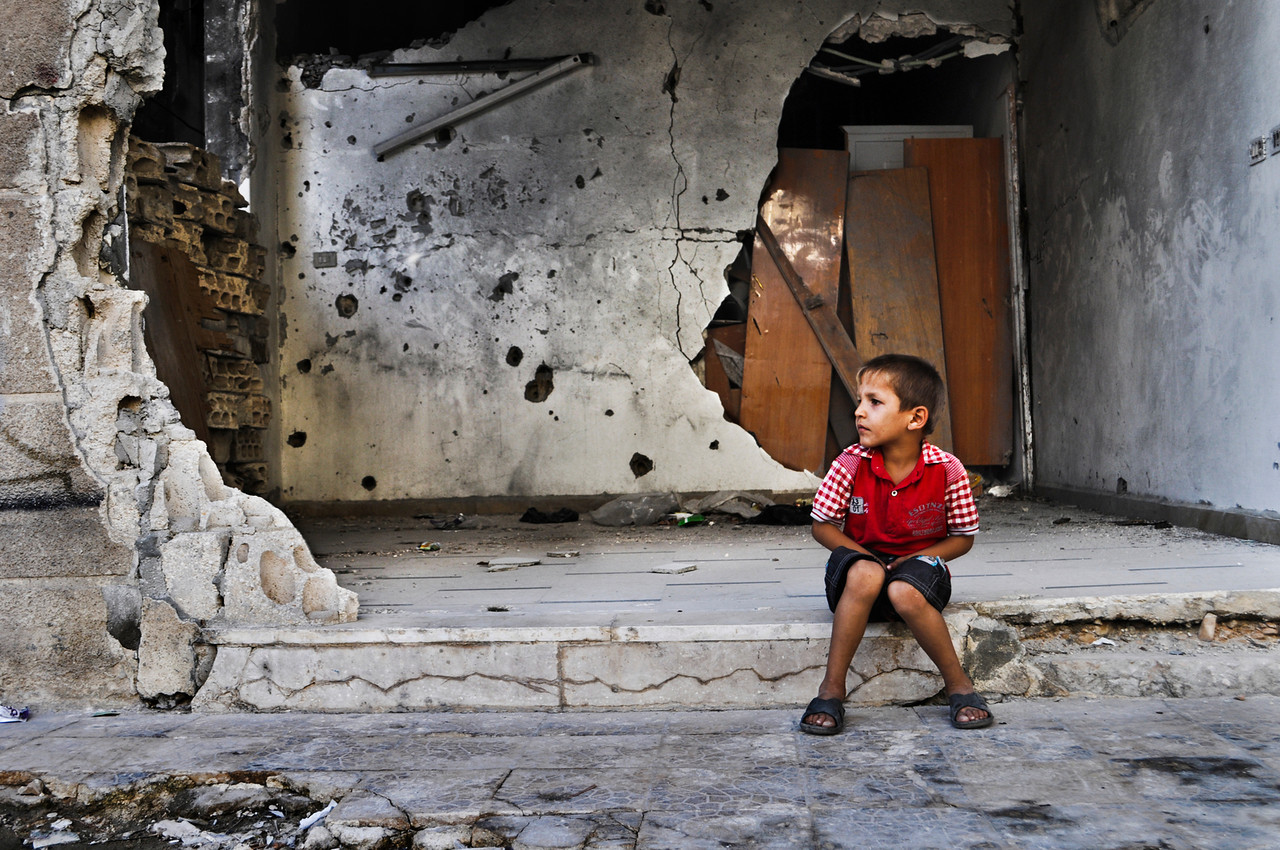 Recent research from the University of Michigan examined the influence the media had on our perceptions of immigrants. The study reveals that common images of immigrants, such as the migrant caravan, are likely to decrease public support for immigration. By contrast, when images of individual immigrants are used, it tends to have the opposite effect.
Recent research from the University of Michigan examined the influence the media had on our perceptions of immigrants. The study reveals that common images of immigrants, such as the migrant caravan, are likely to decrease public support for immigration. By contrast, when images of individual immigrants are used, it tends to have the opposite effect.
The researchers refer to this as “person positivity”, and believe personalized images increase support because they diminish the supposed threat immigrants pose.
Sadly, the reality is not often like this, as the surge in news coverage about immigration in the last decade has often portrayed immigrants as a mass of people surging towards the U.S. – Mexico border seeking refuge. This narrative then helps to distort the image and sentiment the public has about immigrants in general.
Influential media
Research from the University of Edinburgh shows that the media also have an influence over how the public, and indeed governments perceive humanitarian aid. The researchers wanted to explore how the media coverage given to a particular crisis affects how much emergency aid is given by a government.
The researchers interviewed around 30 senior policymakers from some of the world’s largest humanitarian donors, who between them were responsible for around 90% of all humanitarian aid in 2020. The analysis revealed that news coverage was indeed important, but only in the production of emergency aid budgets.
These are funds that are usually smaller and kept in reserve to allow donors to respond rapidly to situations that are either rapidly deteriorating or resulting from a sudden crisis.
“These findings have important implications for government donors, news organizations, and aid agencies, and for a wider understanding of how news coverage may influence foreign policy,” the researchers explain.
When they looked at the more traditional annual humanitarian aid budgets, which are typically far greater, these were typically unaffected by any news coverage. However, the researchers do explain that a lack of news coverage was important in influencing aid allocations.
This was because there was an assumption among policymakers that the governments they represented were far more influenced by the media than they actually were. This prompted them to compensate for what they thought would be reduced funding for any sudden crises.
“If you wanted to influence donors via the news media, this research suggests you should target national news outlets (rather than international or local ones),” the researchers conclude. You should also target countries that put more resource into untagged emergency aid (rather than annual aid allocations). And look at countries where there are career-oriented foreign ministers running aid agencies that have limited independence”.
“For government departments seeking to resist such media influence, and defend their needs-based decision-making, they should consider building stronger public (and ministerial) understanding of humanitarian principles.”